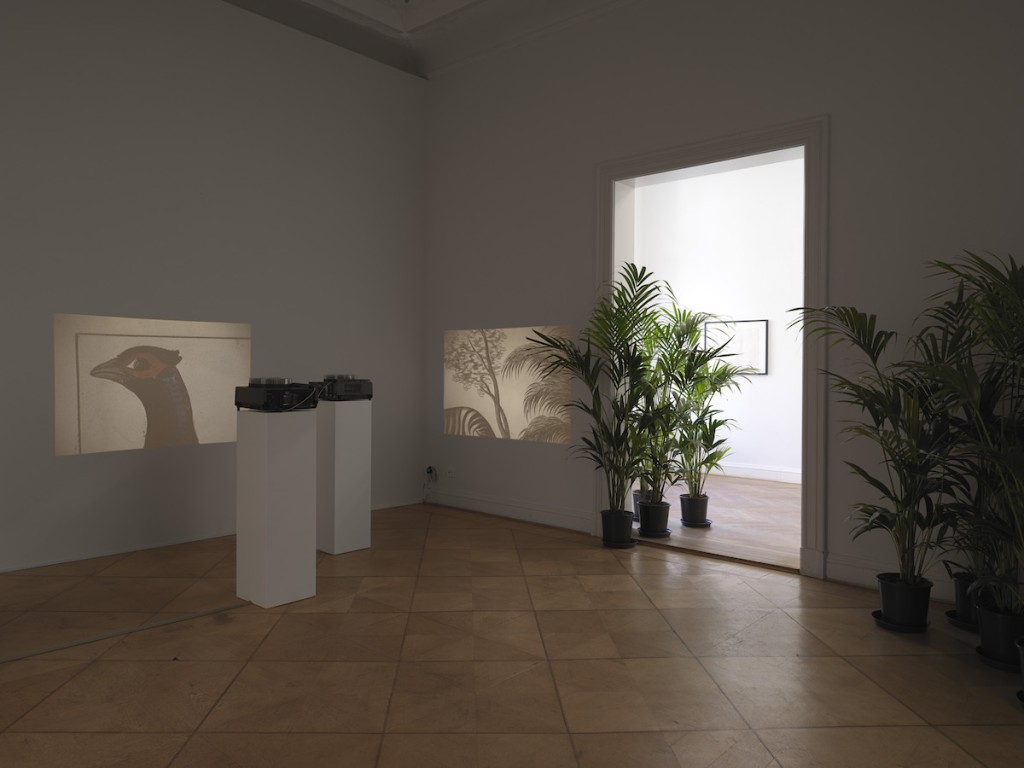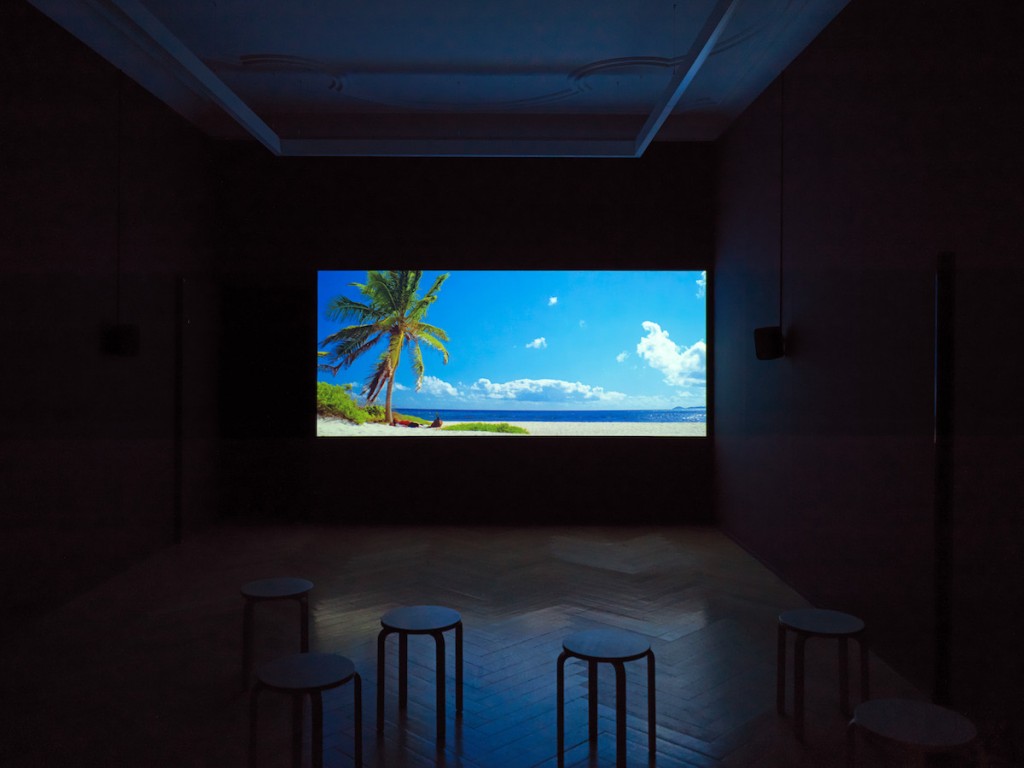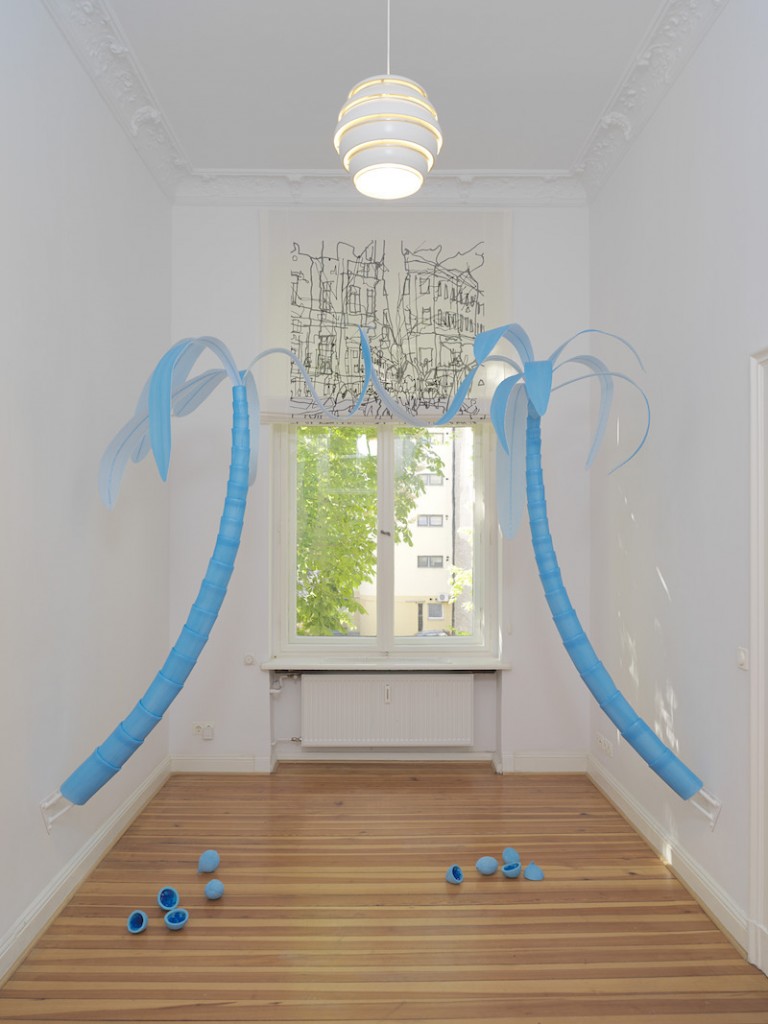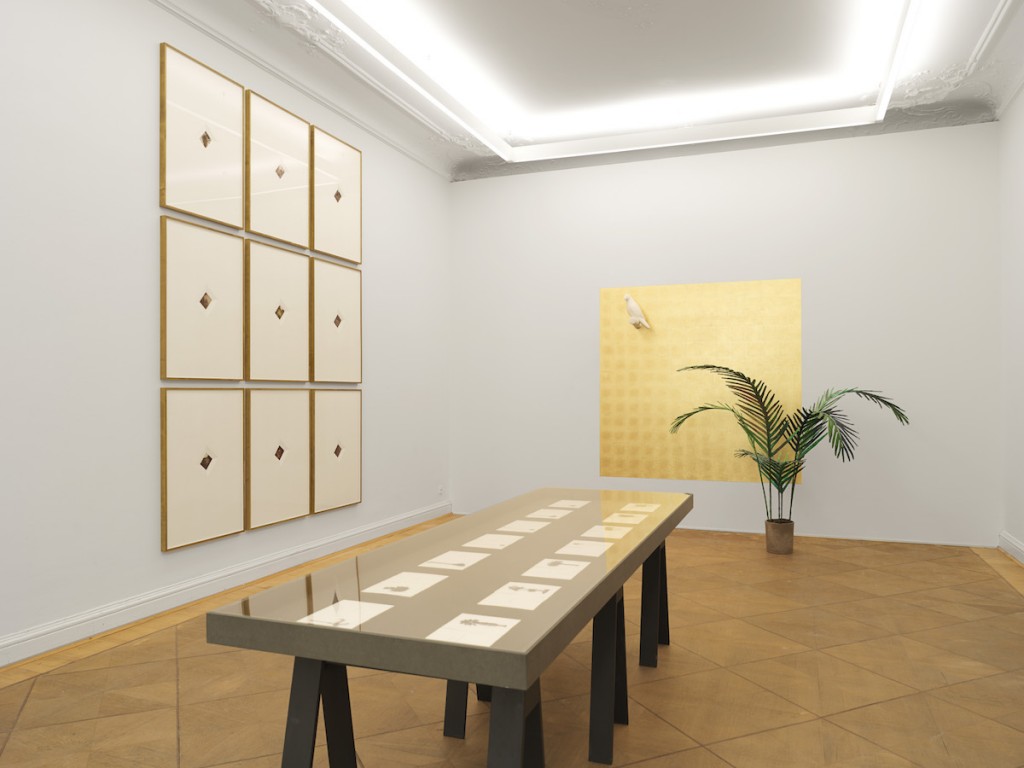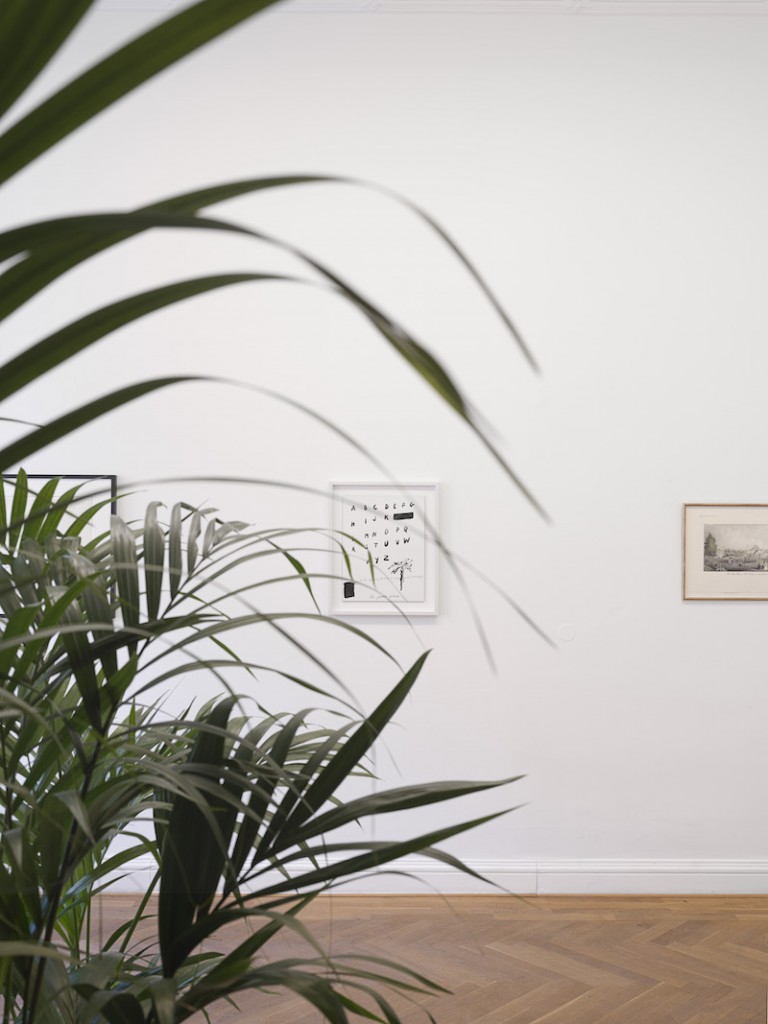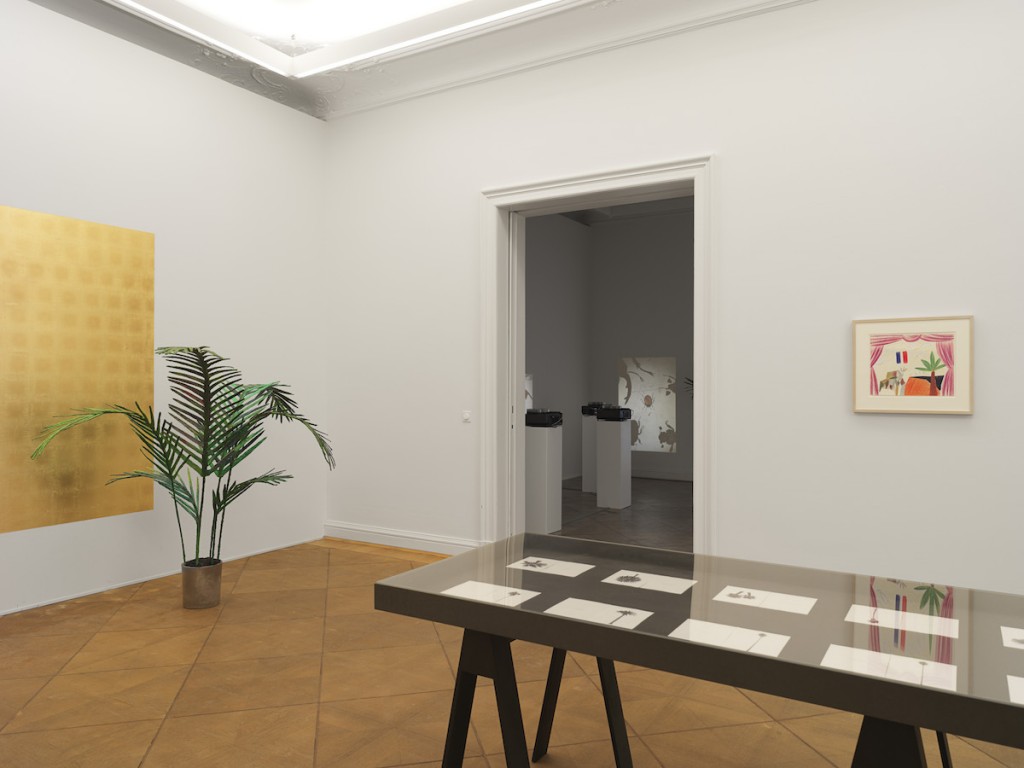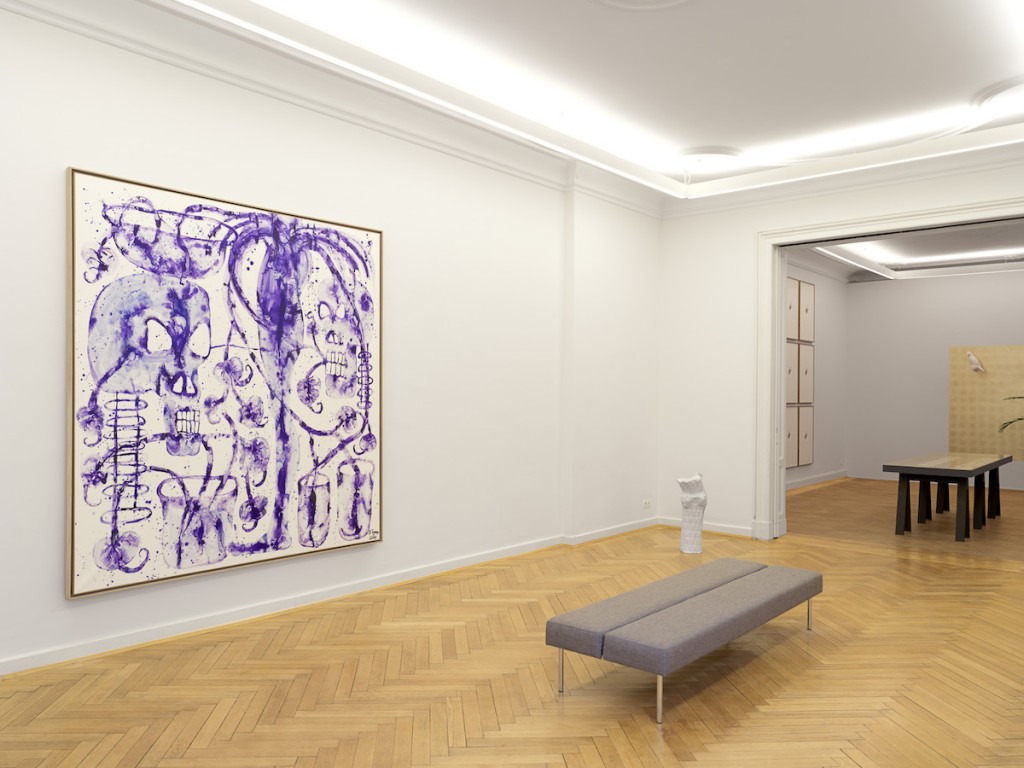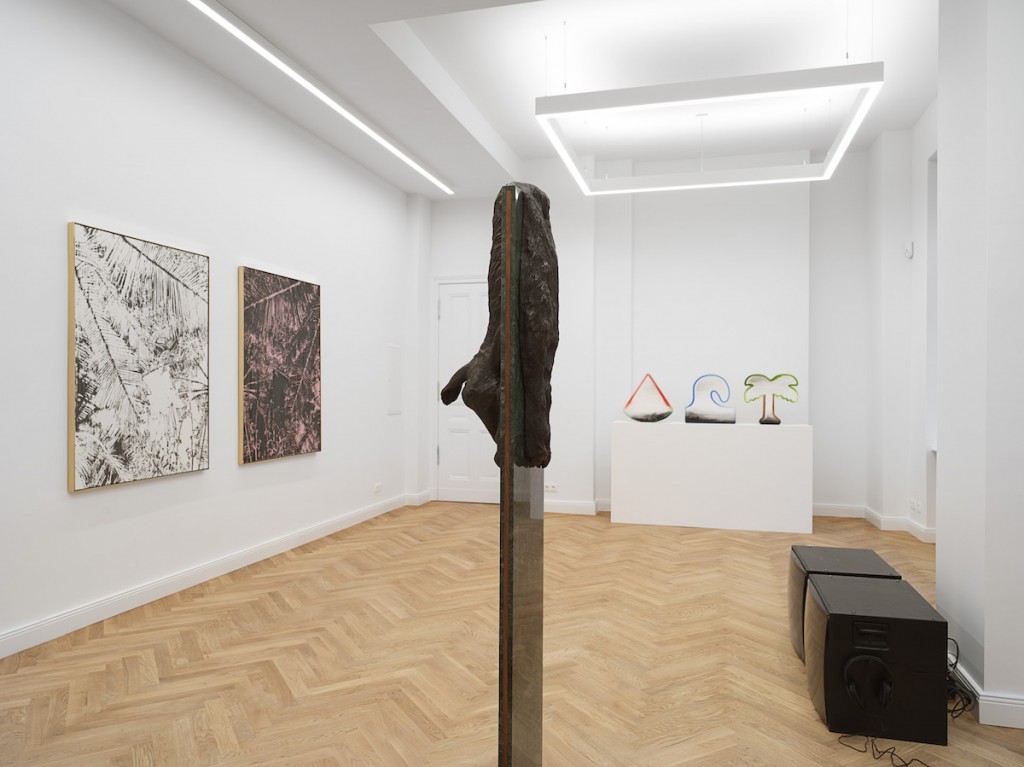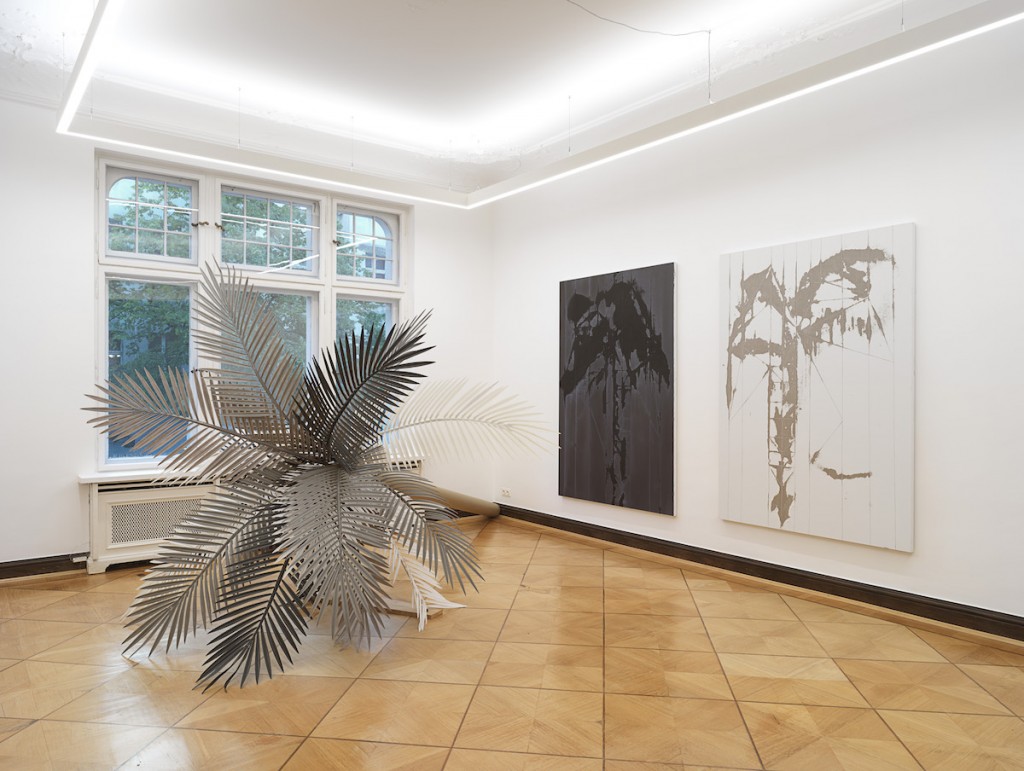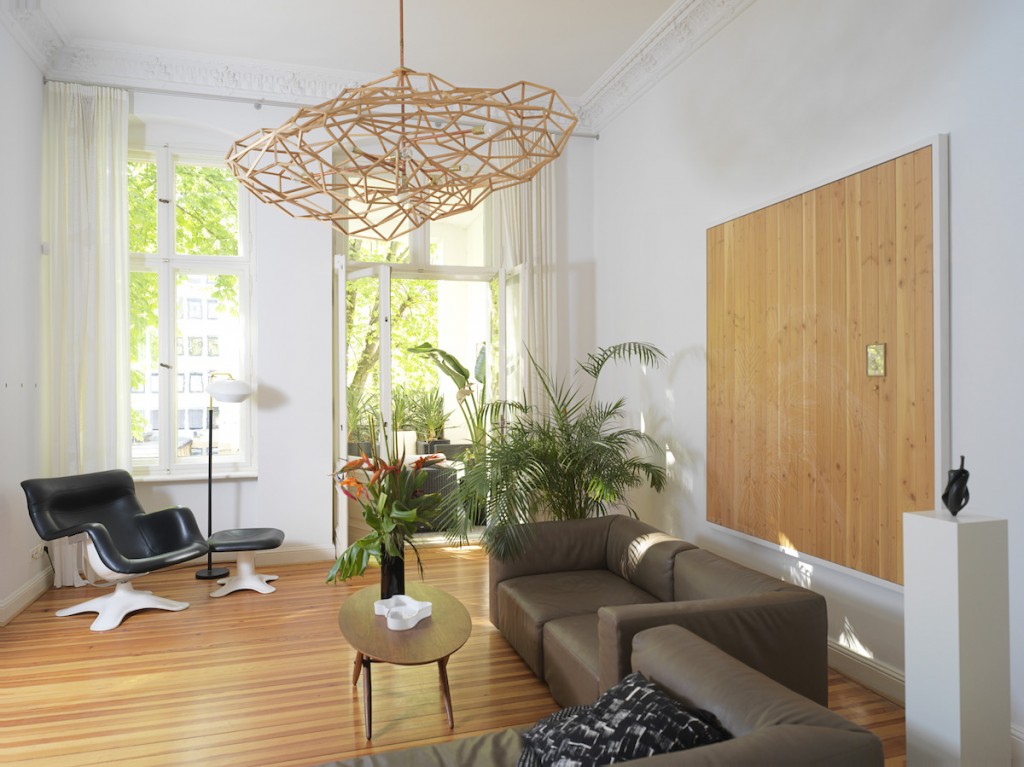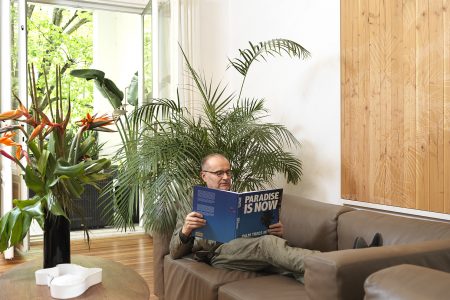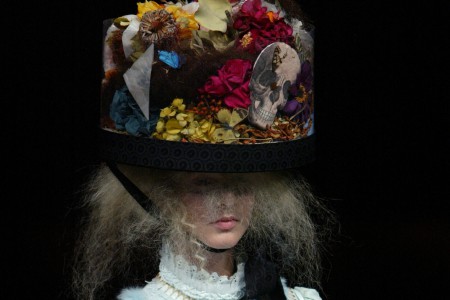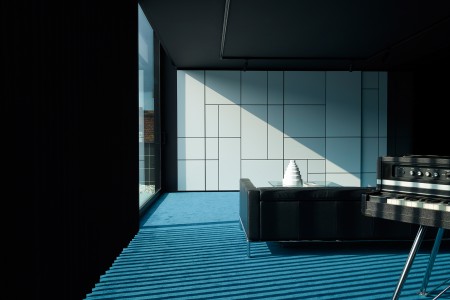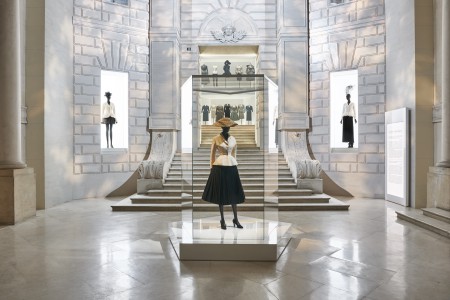
Paradise Is a Palm Tree
Robert Grunenberg’s latest curatorial exercise, Paradise Is Now, brings together work by the likes of John Baldessari and Raf Simons bound together by a web of palm trees
There are weirder things than a beeline of palm trees scattered inside a building in Berlin —just ask artist Joanna Rajkowska about the steel palm tree she “planted” in the middle of Warsaw. But to Robert Grunenberg, that’s part of the allure: the Arecaceae are, after all, intrinsically contradictory plants.
“What is behind the popularity of this emblem and what layers of meaning and contradictions are revealed in the process of artistic engagement?” he asks. That’s the scope of Paradise Is Now. Palm Trees in Art, an exhibition at the Salon Dahlmann in the German capital. Through the work of 26 artists and designers, the curator examines the standing of these icons of bliss in contemporary culture.
There are those who see the tree as a symbol of good life in sunny Los Angeles —John Baldessari, David Hockney and Ed Ruscha among them— but others, like Sigmar Polke, see it as a stand-in for the petty-bourgeois consumer psyche of post-war Germans.
To Raf Simons and his Black Palms collection, the tree is a grim emblem that celebrates a rebellious counterculture… but then there are those who use it to question the everyday. To Miriam Jonas, a glowing blue palm tree made of artificial materials references human estrangement from nature, while Juliette Blightman pots a nondescript home palm in a toilet bowl to make us question our routine acts of domestication.
From the banality of emojis to the dark threat of imperialism, through a selection of more than 50 pieces Grunenberg takes a second look at the popularity of such a complex little symbol. If he has his way, after visiting this exhibition we’ll never see an Instagram post hashtagged #palmtrees —all seven million of them— the same way.
Paradise is Now. Palm Trees in Art is on display until June 30
